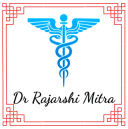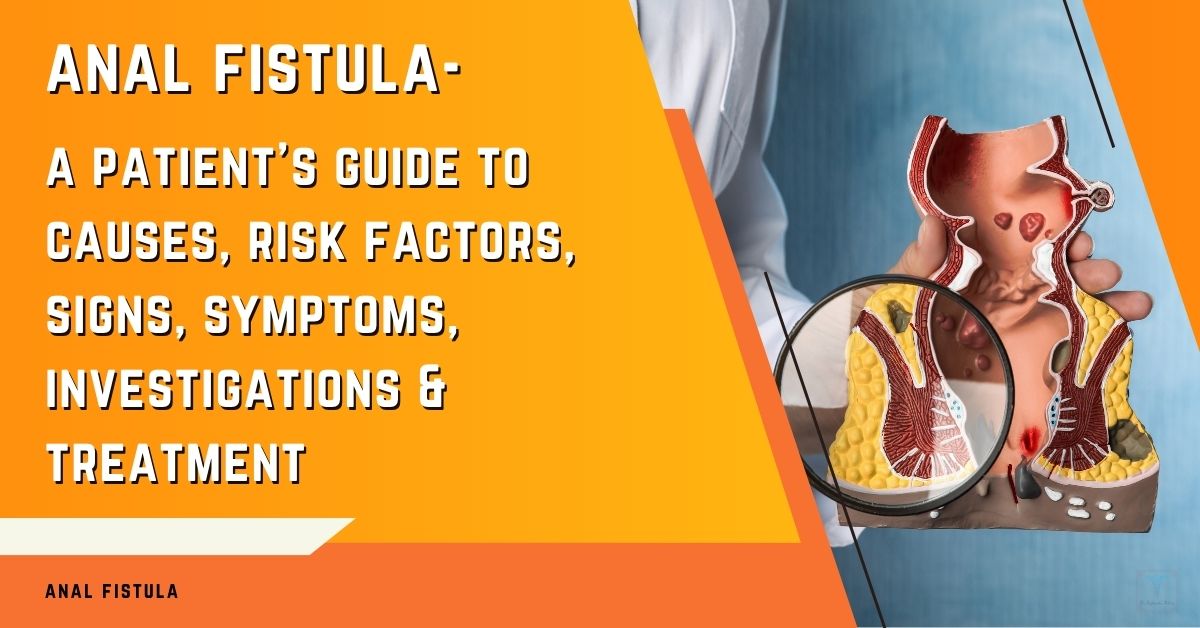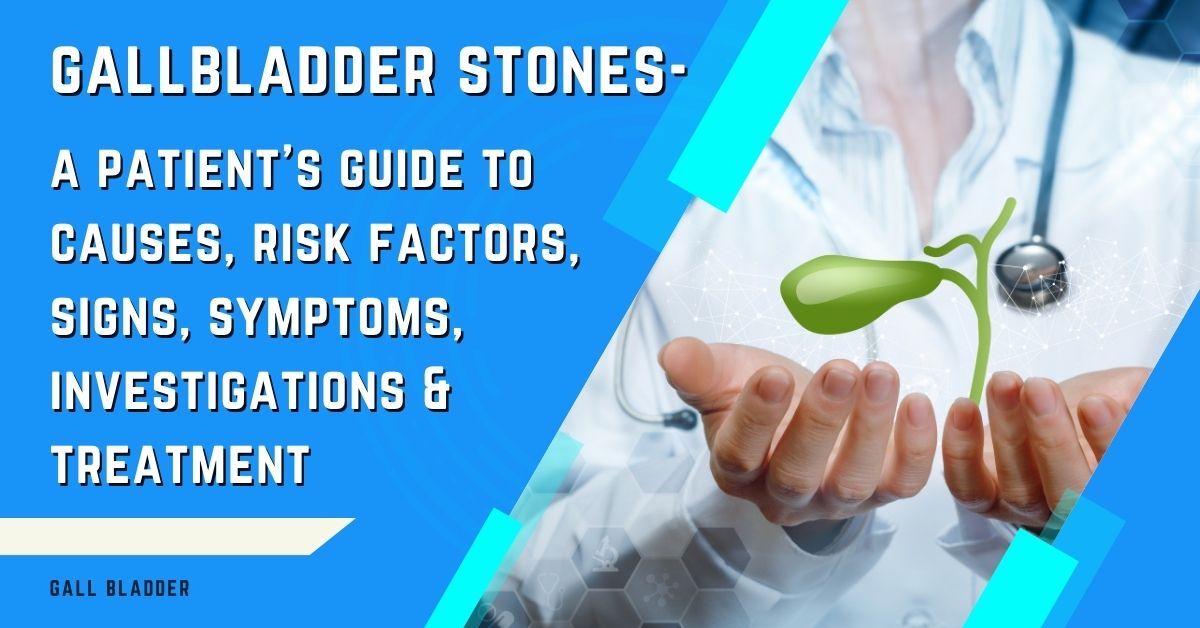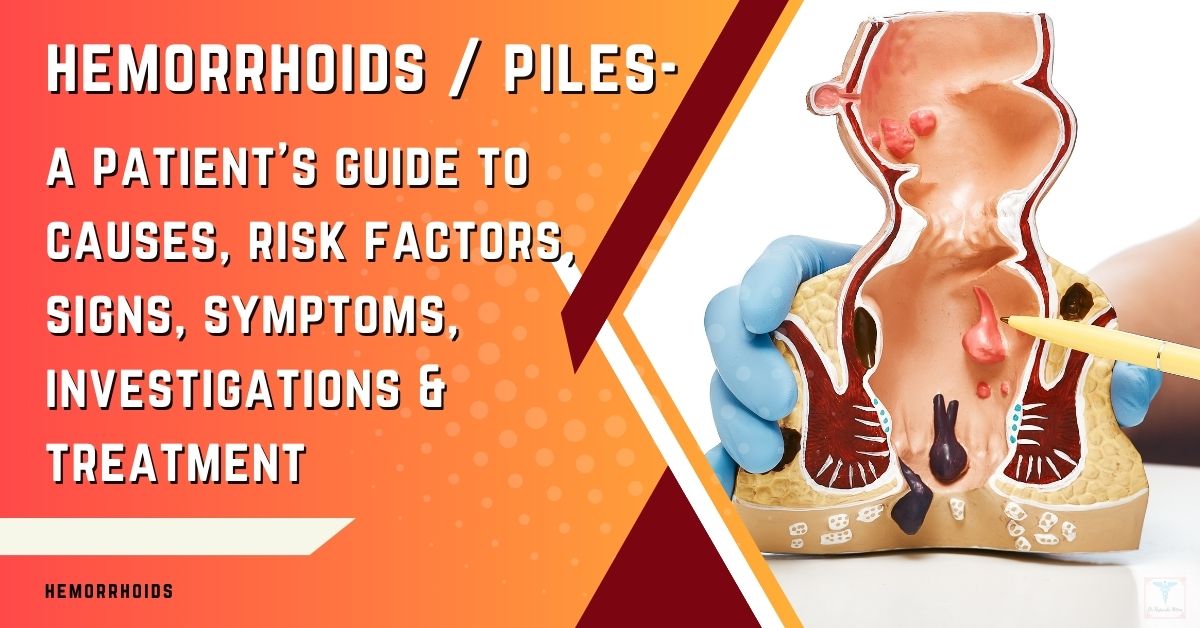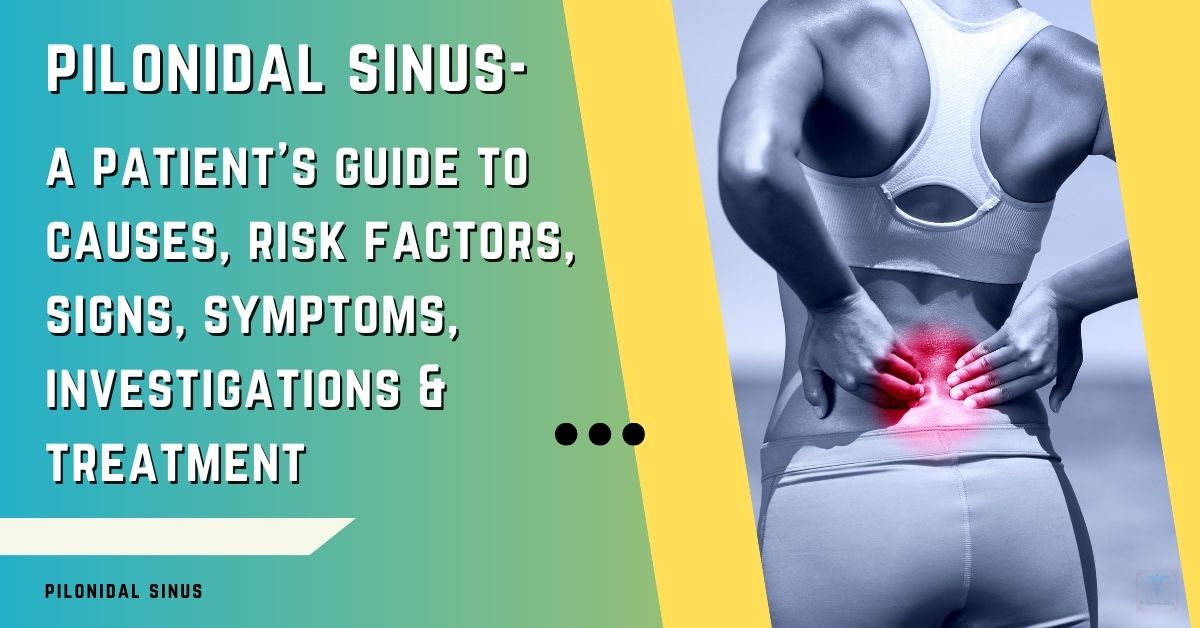Gallbladder issues are common, with an estimated 10 million people affected worldwide. As your surgeon, I want to provide a comprehensive overview of the signs and symptoms of gallbladder problems. This will help you identify if you may have an issue that requires treatment.
It’s not just the pain you should look out for, but also other symptoms that might indicate a gallbladder problem.
I will explain the primary signs like pain, nausea, vomiting, fever, and jaundice as well as other associated symptoms.
Being aware of these signs is crucial for getting prompt treatment and preventing complications.
Signs and Symptoms of Gallbladder Problems:
1. Pain in the Upper Right Abdomen
The most common symptom of gallbladder issues is pain in the upper right section of the abdomen. This happens when gallstones block the cystic duct, causing a gallbladder attack. The pain often starts suddenly, lasting from minutes to hours. It may be a sharp, cramping, or dull ache that spreads to the right shoulder blade.
2. Nausea and Vomiting
Nausea and vomiting often accompany the abdominal pain during a gallbladder attack. The nausea tends to come in waves, while vomiting provides temporary relief from the pain. Repeated attacks can lead to more persistent nausea.
3. Fever and Chills
An infected or inflamed gallbladder may cause a low-grade fever along with chills. If you have a fever over 101F with abdomen pain, it may signal acute cholecystitis requiring urgent care. Fever and chills can indicate an underlying gallbladder infection.
4. Jaundice
Jaundice refers to yellowing of the skin and eyes due to a buildup of bilirubin. It happens when gallstones block the bile ducts, preventing bile from reaching the small intestine. Seek emergency care if jaundice occurs along with pain, as it can lead to liver damage.
5. Clay-Colored or Greasy Stools
Gallbladder issues can change stool color and consistency. Pale clay-colored stools occur when bile flow is obstructed so not enough bile reaches the intestines. Excess fat in stools makes them float and appear greasy.
6. Dark Urine
The bilirubin buildup that causes jaundice also makes urine dark brown or orange. This sign often arises along with yellowed skin. Seek prompt medical care if you have tea-colored urine combined with pain.
7. Intolerance to Fatty Foods
After a gallbladder is removed, some people experience diarrhea and indigestion after eating foods high in fat, indicating impaired fat digestion. The gallbladder stores and concentrates the bile needed to break down fats.
Summary of Key Points:
– Upper right abdominal pain is the hallmark symptom
– Nausea, vomiting, fever, and chills may accompany attacks
– Jaundice and dark urine occur when bile flow is blocked
– Pale stools and diarrhea result from reduced bile
– Intolerance to fatty foods arises post gallbladder removal
– Seek emergency care for jaundice or fever with pain
– Prompt treatment can prevent complications from worsening
I hope this overview has helped identify the major signs and symptoms of potential gallbladder problems.
Please let me know if you experience any of these issues, and we can discuss the next steps in diagnosis and treatment.
I am here to provide the necessary information and guide you to the appropriate care.
